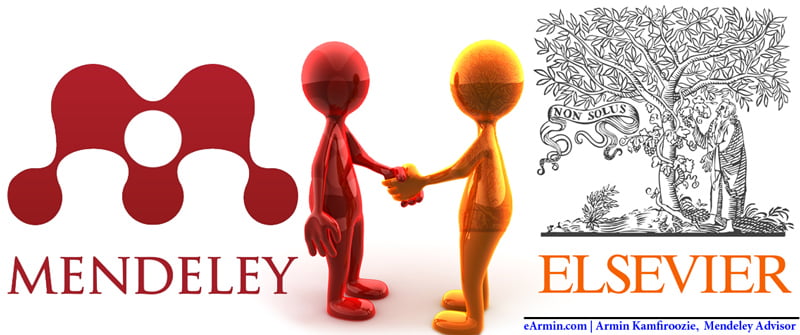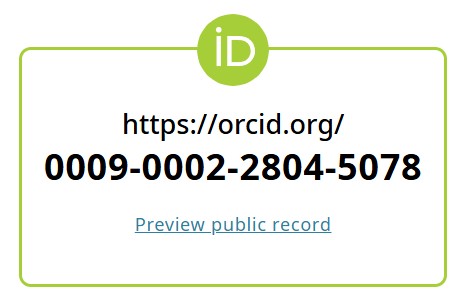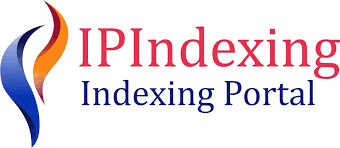Article
ASSET AND LIABILITY MANAGEMENT AT HDFC BANK
Asset-Liability Management (ALM) may be defined as a risk management strategy created to make a sufficient return while keeping a pleasant surplus of assets beyond liabilities. It takes into account interest rates, generating power, and level of readiness to take on debt and, therefore, is also called surplus management. The Society of Actuaries' Task Force on ALM Principles, Canada, offers the next characterization of ALM: Asset Liability Management may be the on-going exercise of formulating, implementing, monitoring, and revising techniques regarding assets and liabilities in an attempt to achieve monetary objectives for a specified selection of danger tolerances and constraints. The need for evaluation is typically to focus on the growth as well as efficiency of estimation of development and effectiveness by using advantage and liability control.Plus, to be able to understand the management of a non-performing home. To understand the financial placement of the Housing Development Finance Corporation Limited (HDFC), the matter of chance, in addition to its prices, is both manageable and transferable. Financial service businesses, in addition to managing their own personal risk, undoubtedly sell financial risk management to others. They provide their expertise by giving customers' financial possibilities through the products they provide. A financial firm can make a fixed-rate mortgage to several borrowers, with the risk of interest rate moves transferred from the borrower to the Financial advancements are centred on risk reduction more than any other matter. With the possibility of managing threats near zero, the job becomes how much risk might be removed
Full Text Attachment





























